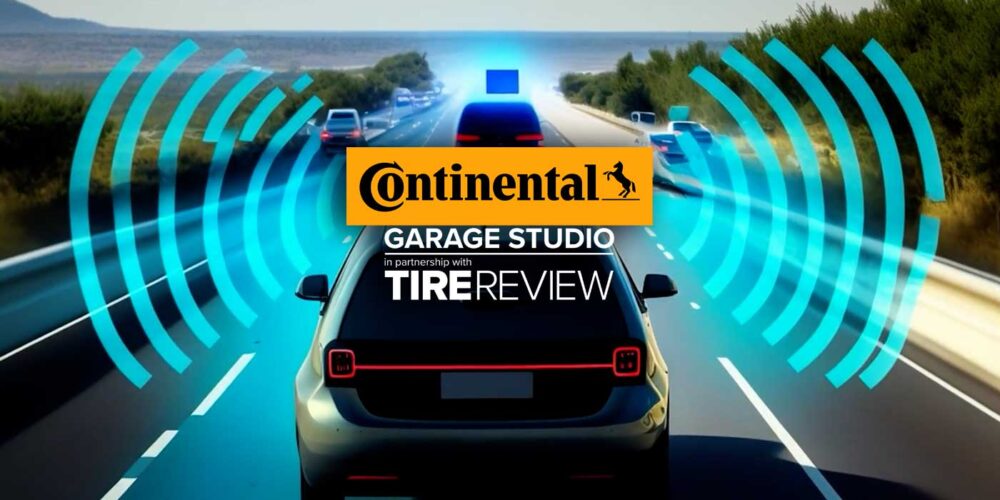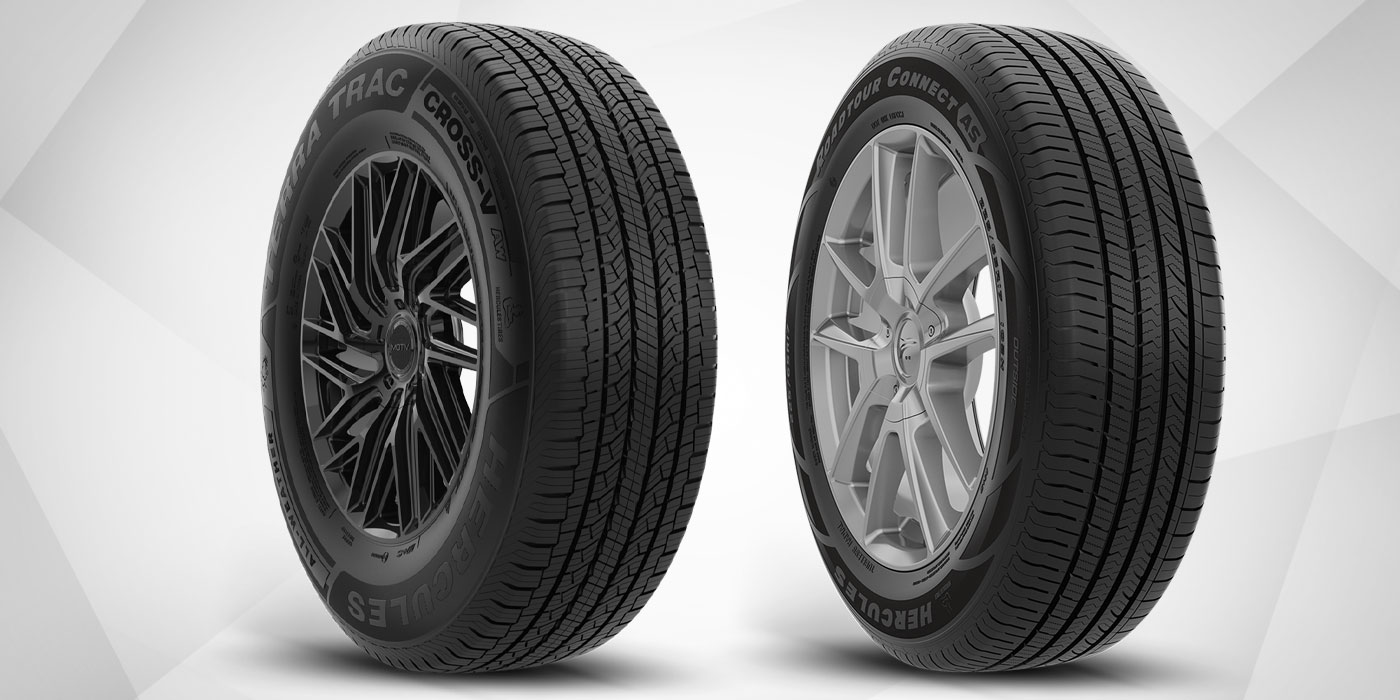From torrential downpours to light sprinkles, your customer’s tires need to be able to handle any wet weather event that comes their way.
We talk about what contributes to a tire’s wet performance in this Tire Review Continental Tire Garage Studio video.
Customers typically don’t have tire concerns when they’re going for a joy drive in the sun, but when the roads get slick, having tires with wet performance characteristics makes for a secure ride.
The tire elements that contribute to wet performance include the tread pattern, compound and construction.
Let’s first look at a tire’s tread pattern. This is the most critical element that determines wet performance. Consider that the tire has to make contact through the wet film on the road’s surface before it can become effective. To break through water on the road, longitudinal and lateral grooves help the tire evacuate water from its surface. In addition, sipes in the tread blocks act as windshield wipers as they create greater tire-to-road contact.
Once the tire contacts the road, the tread compound and tire construction become important. In general, tire compounds with high amounts of silica provide grip and stickiness to the road’s surface. The tire’s contact patch also plays a small role. A thin, long contact patch provides improved wet weather performance, experts say.
Other aspects of the tire that affect its wet performance include tread depth and tire pressure. Tires hydroplane when the pressure of the tire pushing against the ground is equal to the water pushing back up against it. While hydroplaning can’t always be avoided, emphasizing proper inflation to your customers is a must.
Lastly, driving on worn tires can cause decreased wet performance. A 2018 Automobile Association of America study found that driving in the rain or on wet roads on tires with only 4/32 in. of tread depth increased the stopping distance by up to 87 feet. As tires wear, their ability to handle wet braking and resist hydroplaning declines. Let your customers know this the next time you feel delaying a tire purchase isn’t the best idea.
Don’t forget to follow us on Instagram and Facebook and subscribe to our YouTube channel for more tire, service and shop operations videos.













